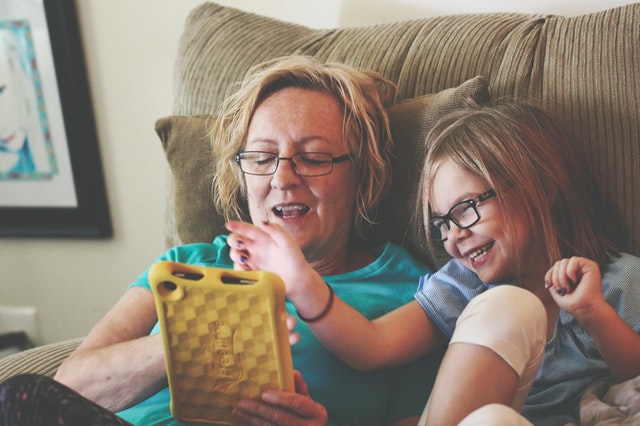Adult Vision Therapy Success Story!
The school year is wrapping up, and summer is the perfect time to make sure everyone’s vision is good to go! Vision therapy is not just for kids…
L is a teacher who came to our office due to blurry vision when reading and using the computer. She had trouble reading the newspaper, and felt that if she did any reading in the morning, it would make her eyes blurry and she couldn’t work for the rest of the day. Even with a change in her regular progressive glasses, along with a second pair of specialized reading glasses, she was able to read a little bit better, but it didn’t last long. This was very upsetting for her because she liked to do crafts, but she wasn’t able to make jewelry anymore due to the problems seeing up close. This was not a regular age-related difficulty seeing up close – L was also diagnosed with Intermittent Exotropia, which meant her eyes were not pointing together up close, causing double vision and blur. Over the summer, she came in for 9 sessions of Vision Therapy, and this made a HUGE difference! After Vision Therapy, she was able to read comfortably with just her regular glasses, and she didn’t need the special reading glasses anymore. She was able to read the newspaper and play on her Ipad as long as she liked, and she was finally able to get back into making crafts! She told us that she had felt problems seeing up close since her 20s, and it simply got worse over the last little while. This was life-changing for her!
L, we are so glad you were finally able to overcome your vision problems. Great work!!





